Direct chemical synthesis has been adapted to make oligonucleotides of remarkable length, including an 800 nucleotide green fluorescent protein gene and a 1728 nucleotide bacteriophage DNA polymerase gene.1 Potentially this technique could be used to synthesise oligonucleotides containing features such as long repeats or unusually stable higher-order structures, which are currently a challenge.
Protein engineering, synthetic biology and production of nucleic acid vaccines all require long oligonucleotides. ‘Currently, most syntheses on standard synthesisers produce oligonucleotides ranging between a few nucleotides and 200 nucleotides,’ says Marcel Hollenstein, an expert in the chemistry of nucleic acids at the Pasteur Institute in Paris, France, who was not involved in the research. Long oligonucleotides can be made by biological methods, including PCR assembly and Gibson assembly, which involve connecting short oligonucleotides using enzymes. However, it is much harder or sometimes impossible to incorporate more complicated features using existing biological techniques.
To synthesise exceptionally long oligonucleotides using chemical methods alone, Shiyue Fang and colleagues at Michigan Technological University, US, put into practice two key innovations. First, they conducted the synthesis on a solid support composed of glass wool or glass beads with a smooth surface, instead of the traditional method within pores. This reduces steric hindrance, increases yield and, ‘surprisingly, drastically reduced the error rates,’ says Fang. Chemical synthesis produces a complex mixture, and the second innovation involved isolating the long oligonucleotides using their recently described catching-by-polymerisation technique.2 ‘The [researchers] have developed an elegant method to remove truncated species during synthesis,’ comments Hollenstein. ‘They have prepared amidites that contain a polymerisable tag. Only extended oligonucleotides will polymerise into a polyacrylamide gel and truncated species can easily be washed off.’
‘Oligonucleotides of this length have never been prepared by chemical methods before,’ says Hollenstein.
Looking ahead, ‘oligonucleotides synthesised using our method can then make assembly using biological methods easier and more feasible,’ enabling the synthesis of many more genes, adds Fang.
References
1 Y Yin et al, Chem. Sci., 2025, 16, 1966 (DOI: 10.1039/d4sc06958g)
2 SY Fang and S Fueangfung, Org. Lett., 2010, 12, 3720 (DOI: 10.1021/ol101316g)


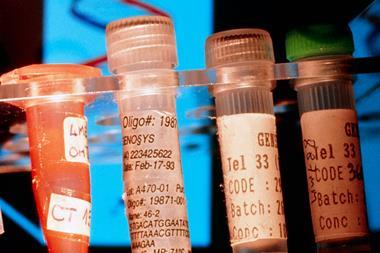
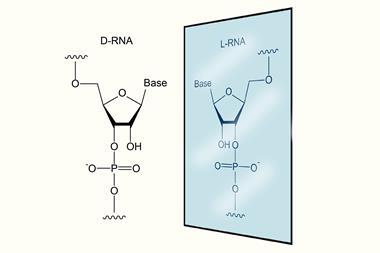


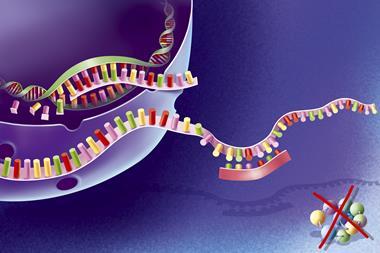
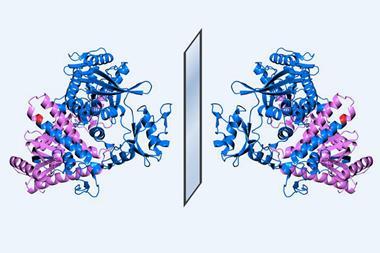
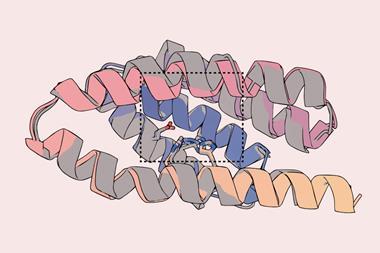

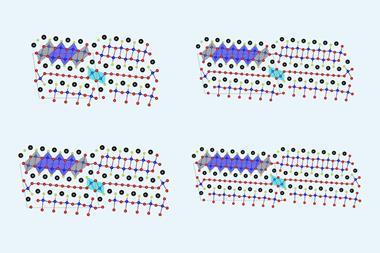
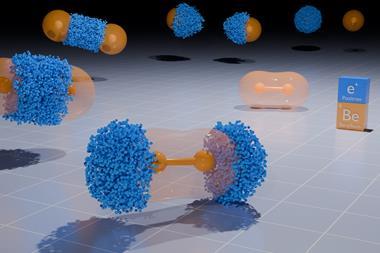
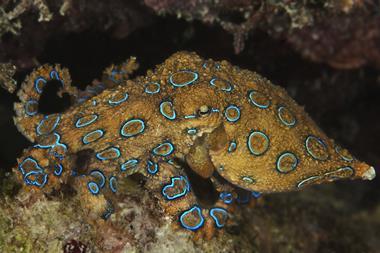
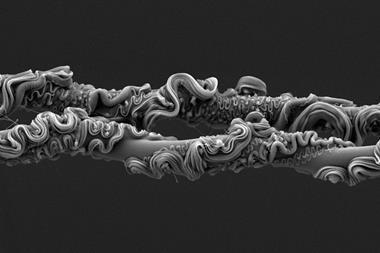
No comments yet